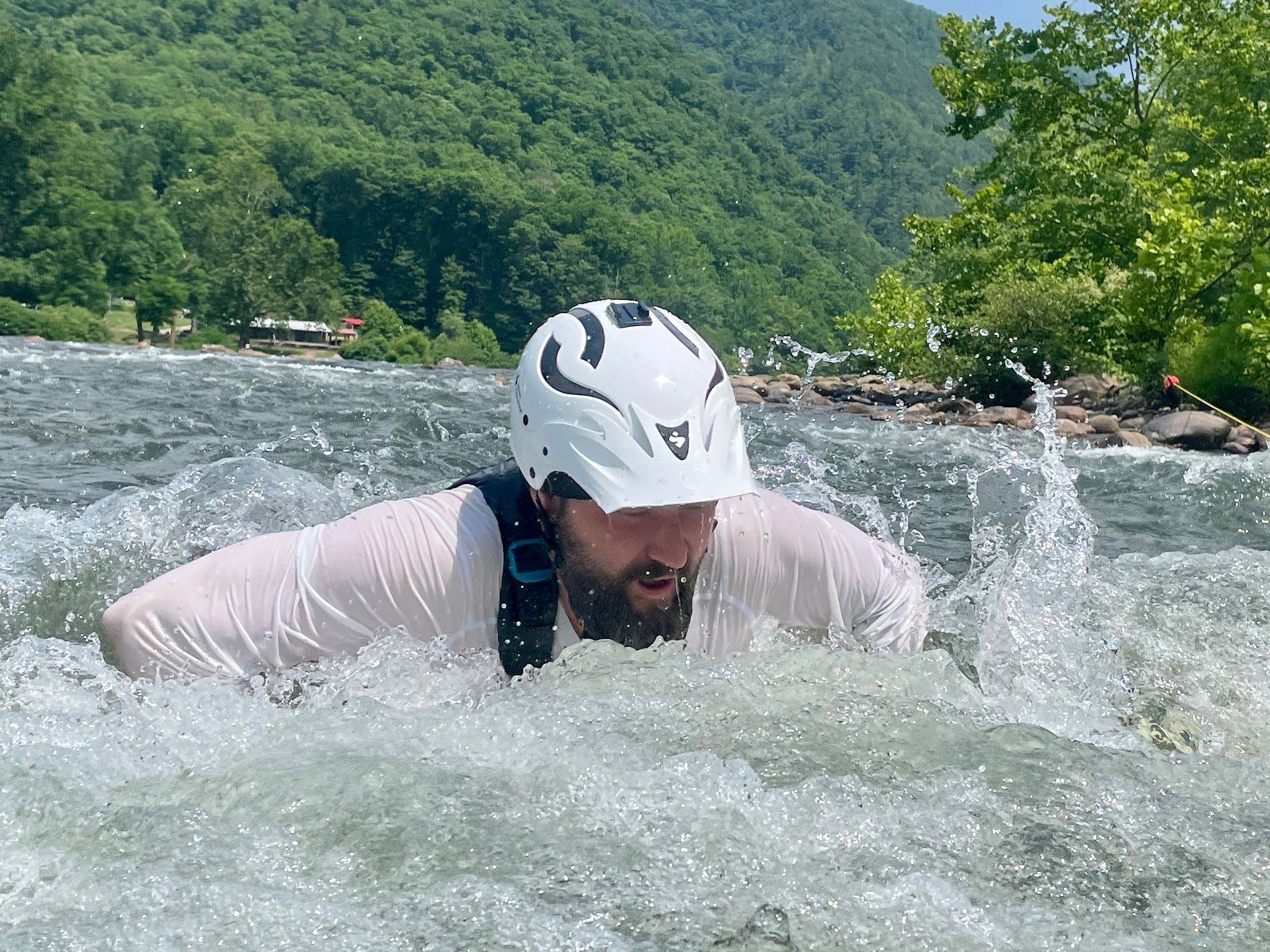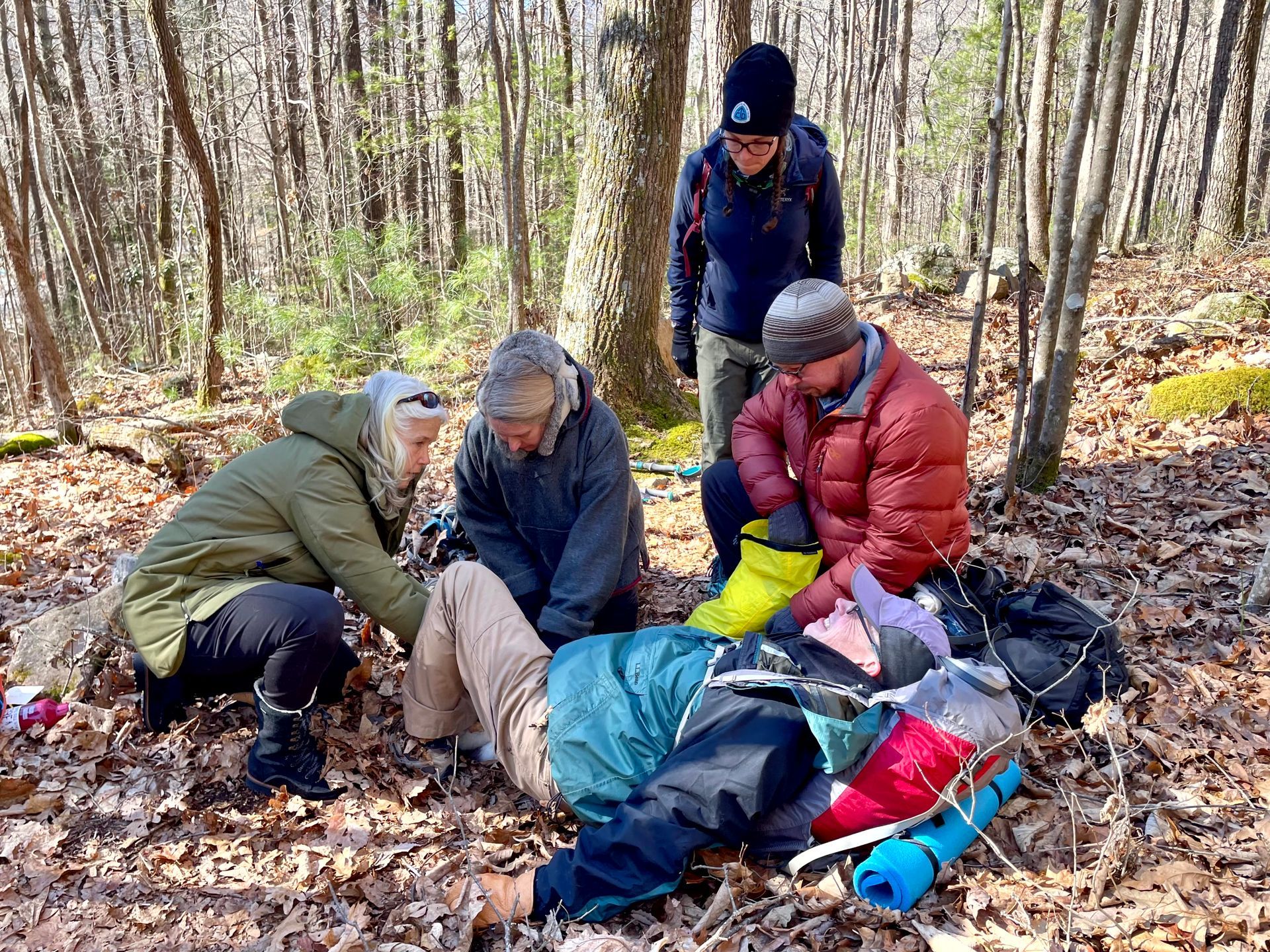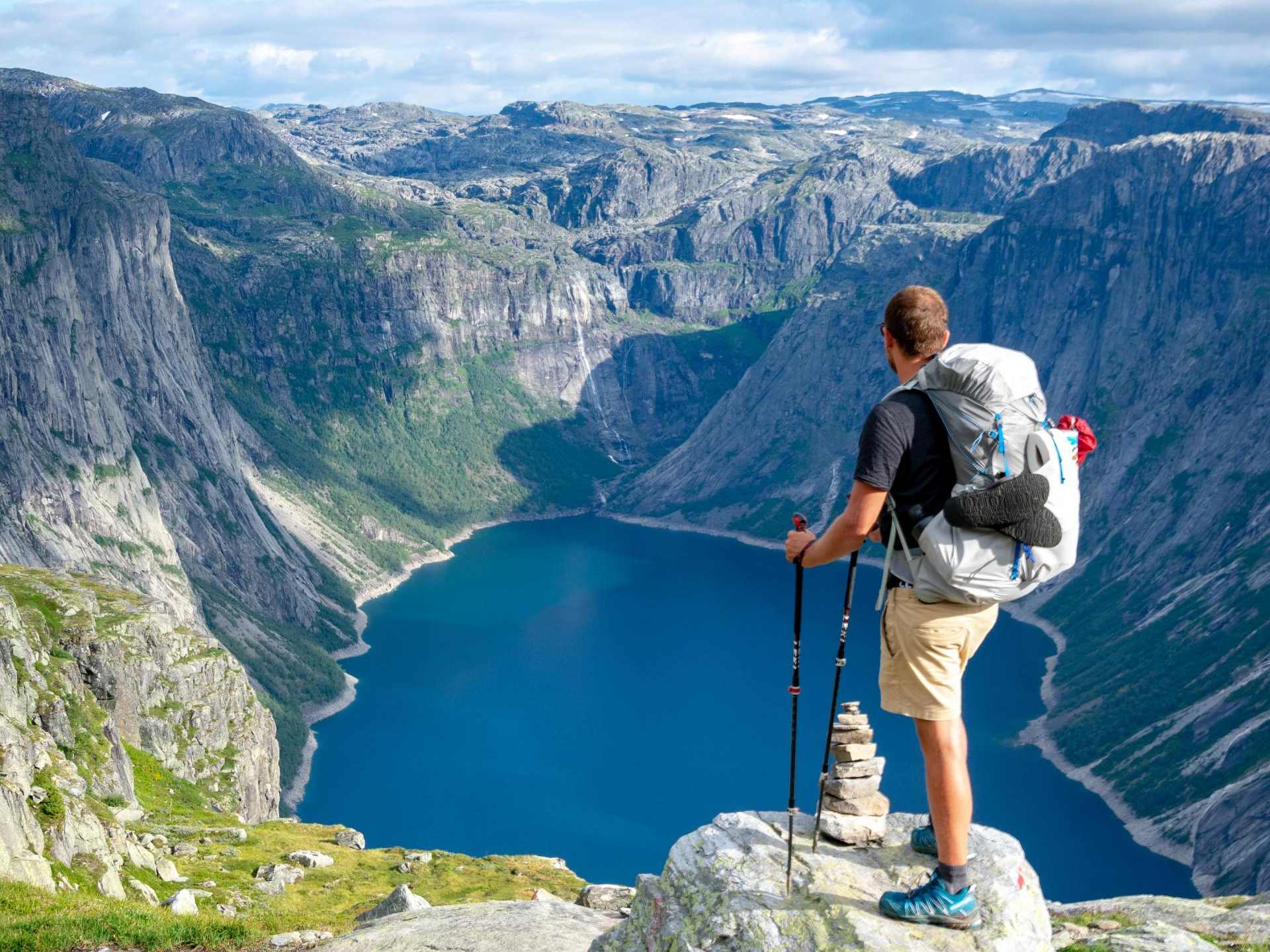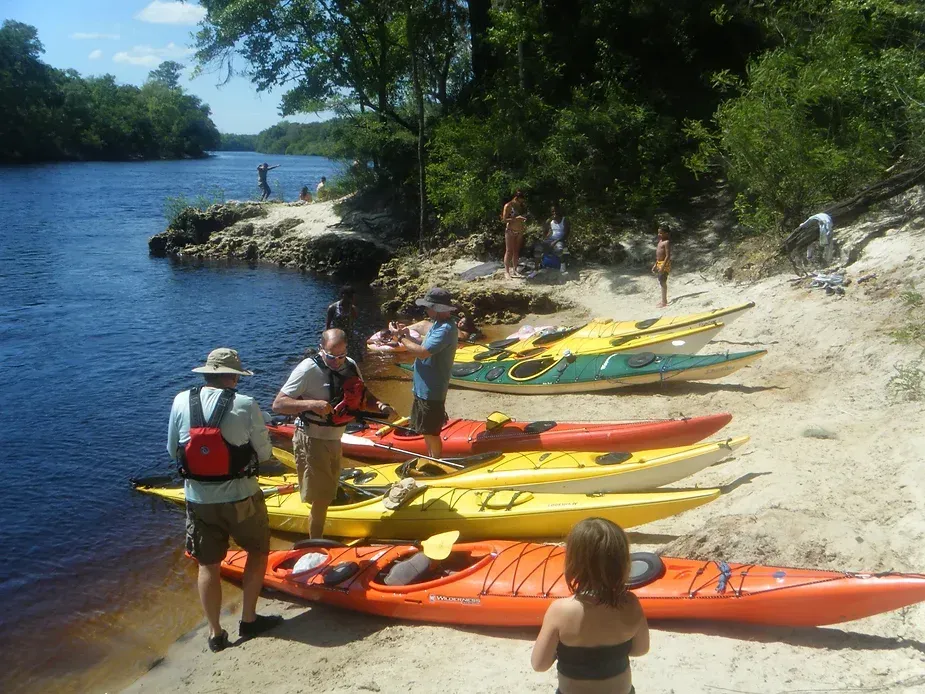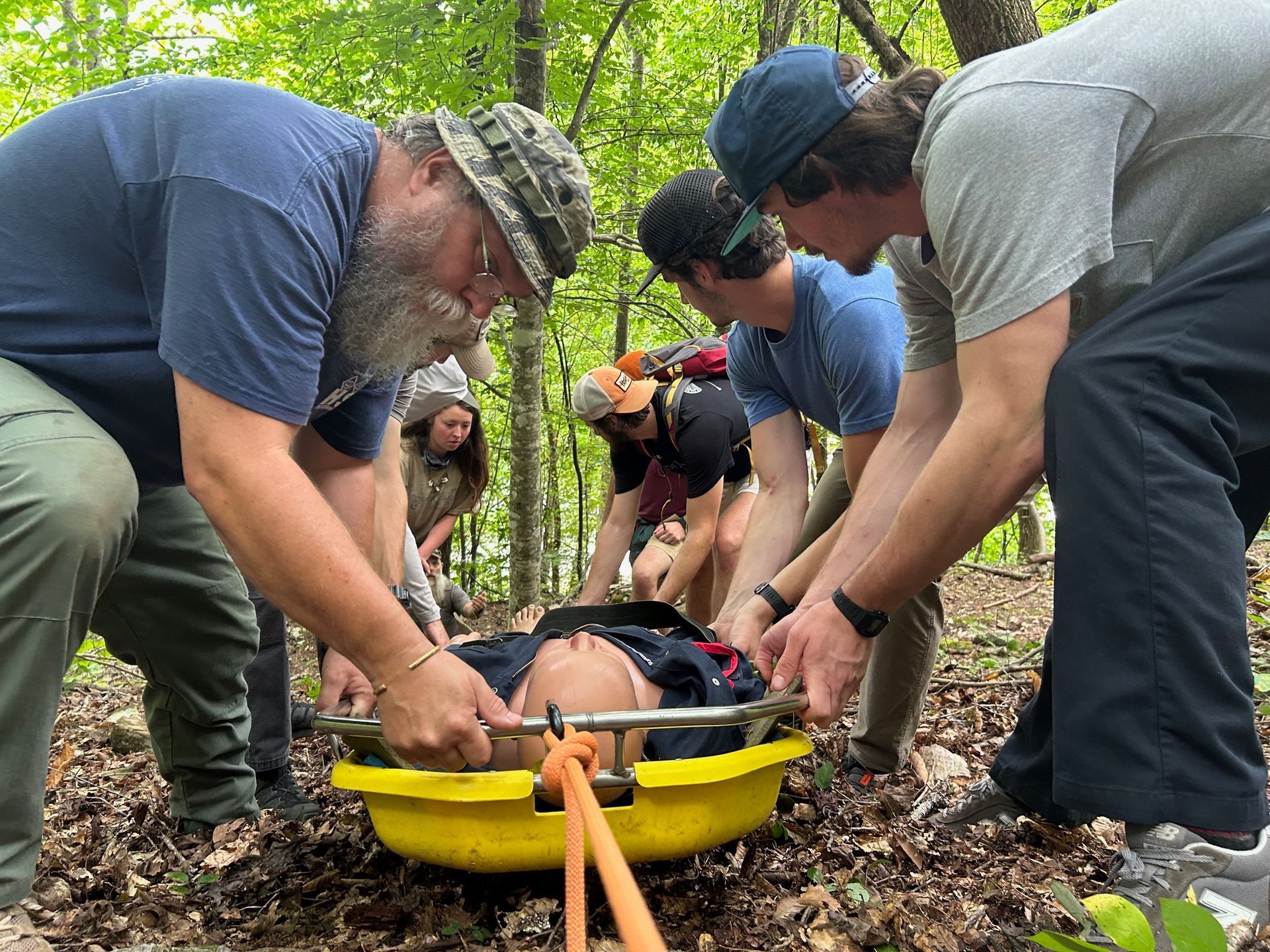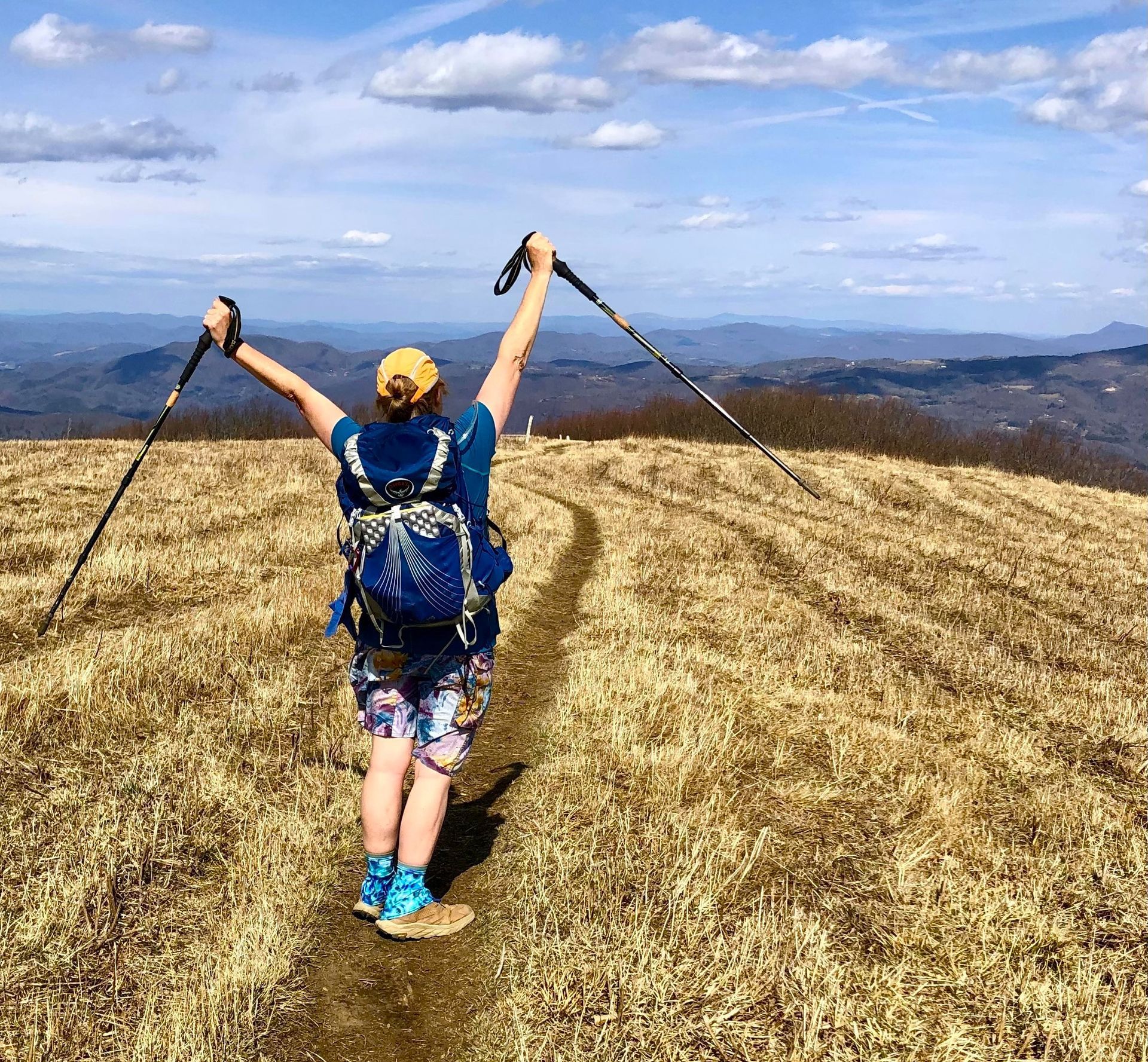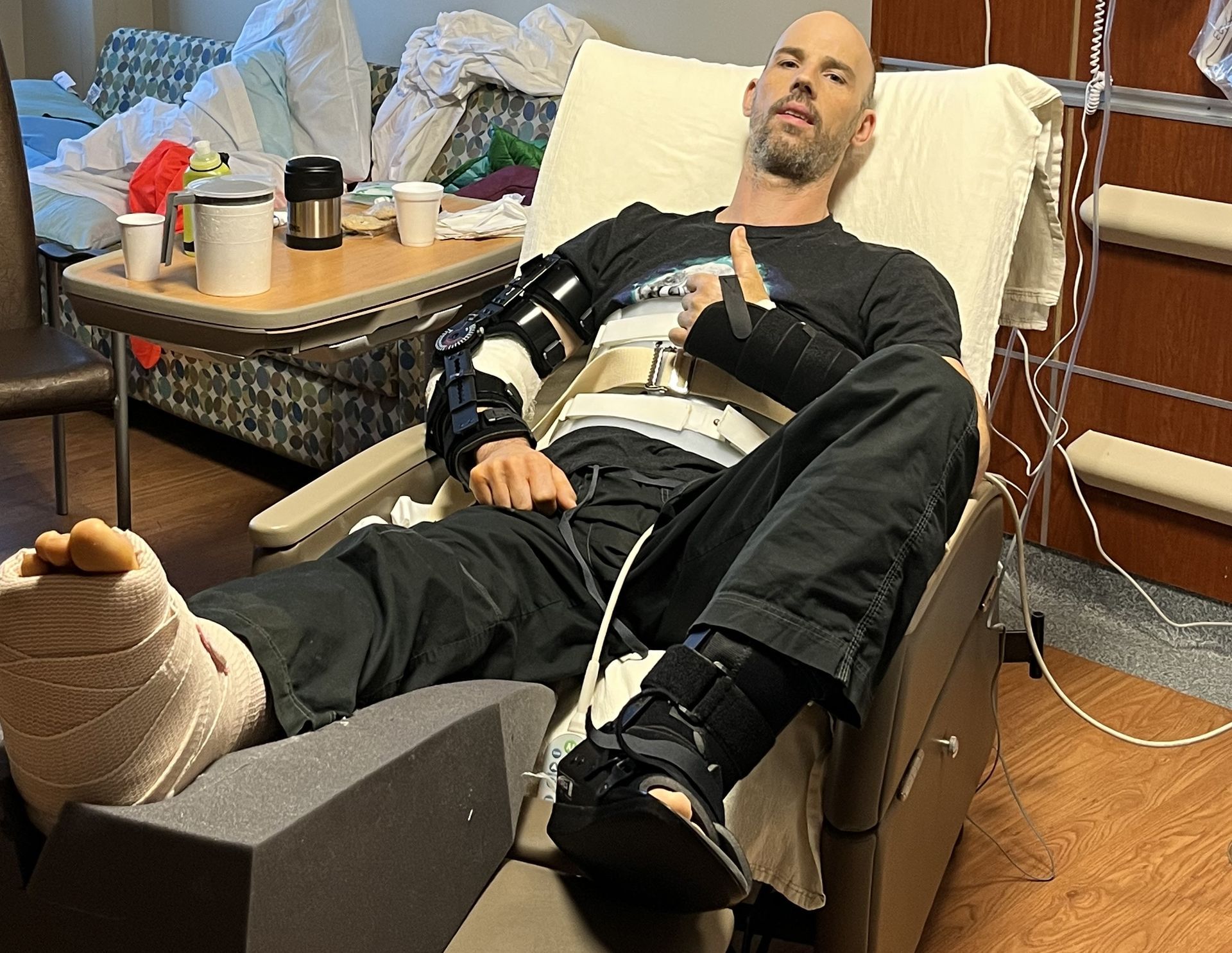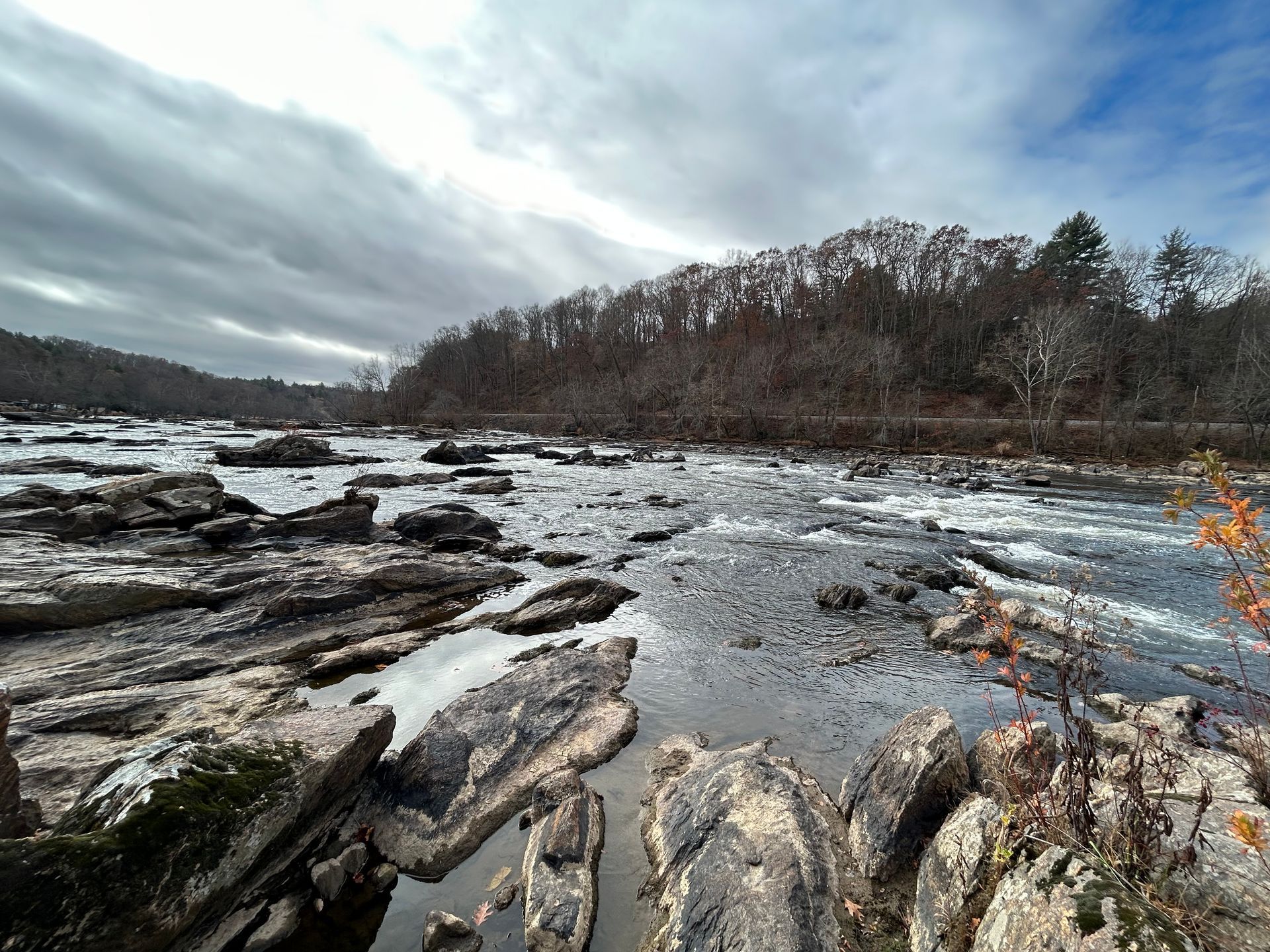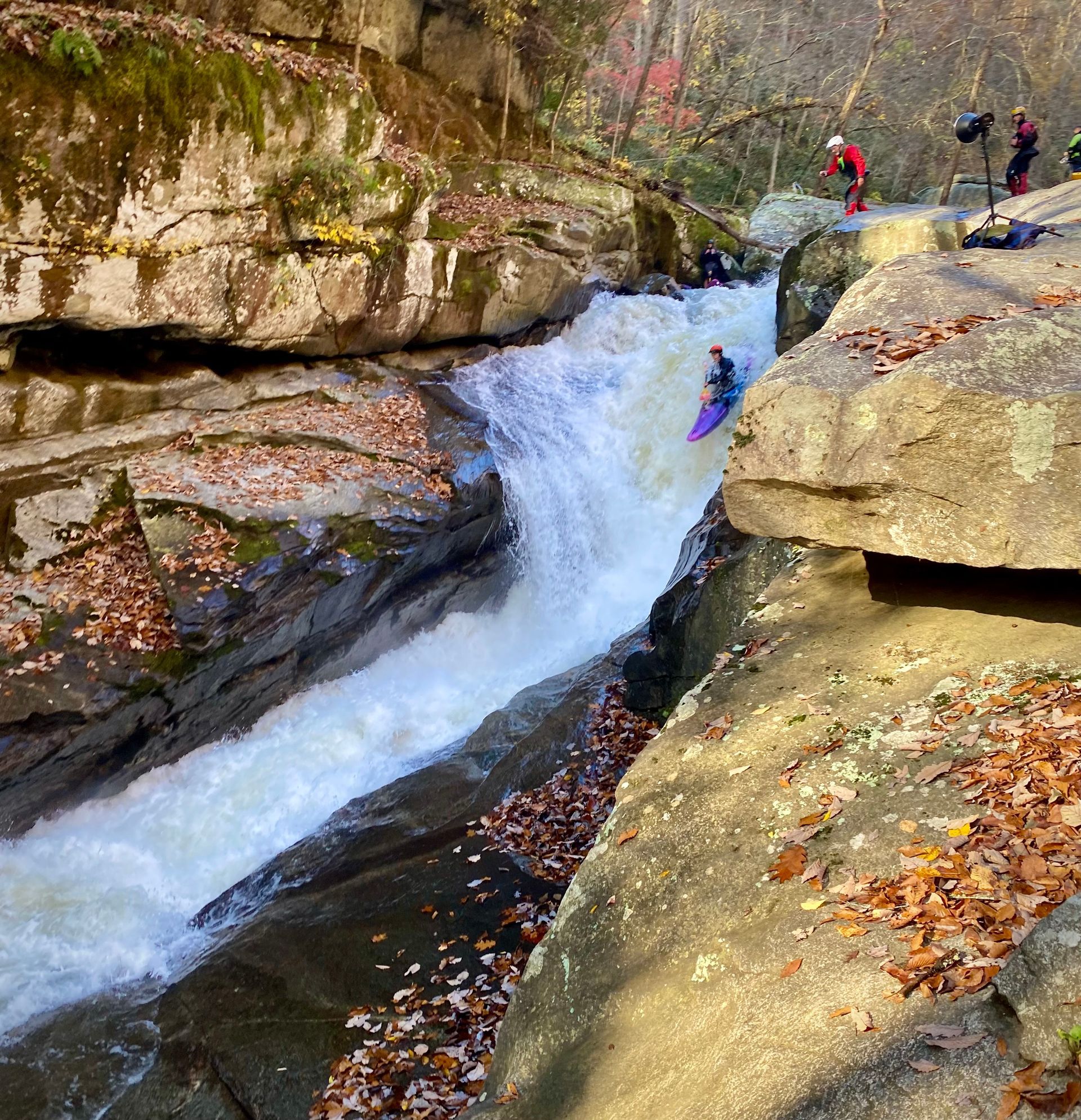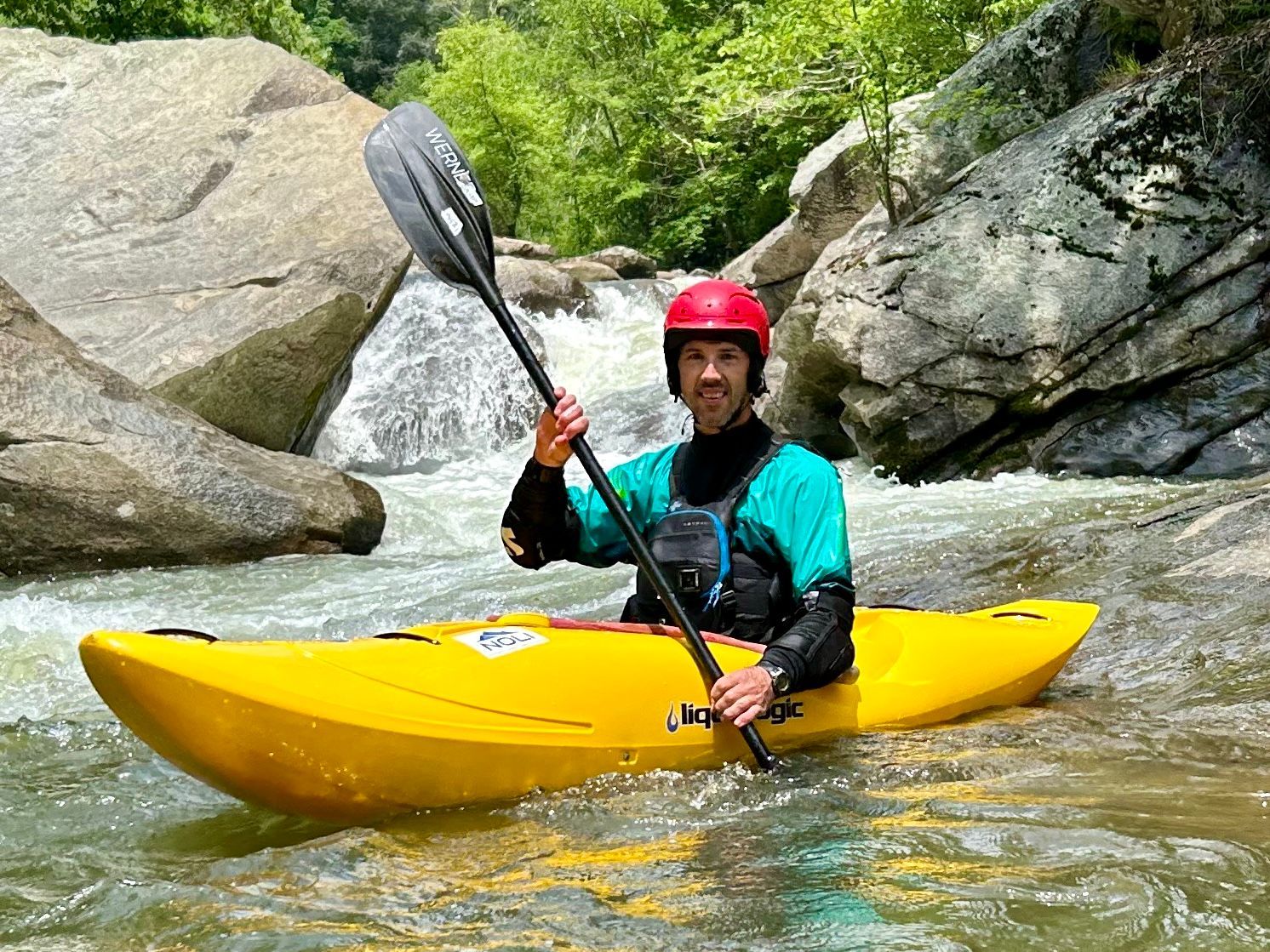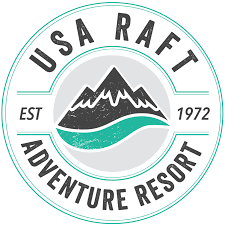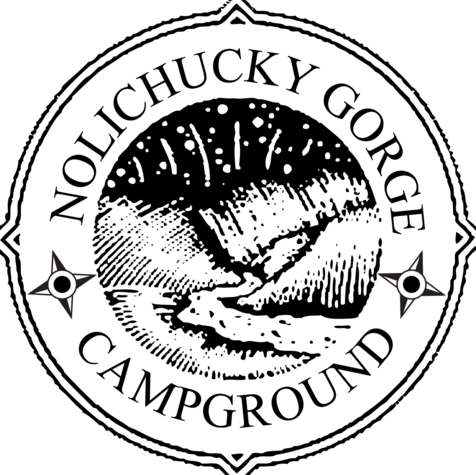Kayak Camping for Adventure!
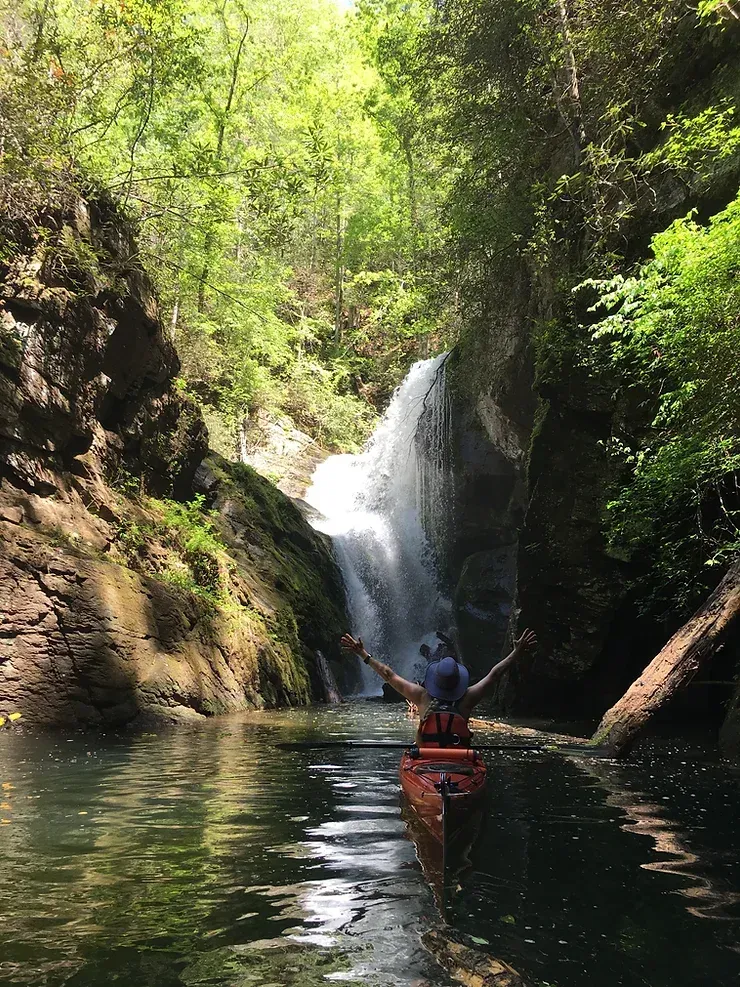
Are you the kind of person who wants to find a place far away from the crowds and the sound of cars? I am. I love getting outside in the wilderness where I’m free from everyday living. No phones, no TV, and not even a care to know what time it is. When I first started kayaking I found it wonderful that I could go places I couldn’t drive to or even hike to easily - a sandy beach alongside a river, a forested area where all you can hear are the sounds of nature, and other such delights. I started wanting to stay out for longer and longer stretches of time, and camping in those places was how to do that.
An overnight on an island or a multi-day trip traveling down a slow-moving river like the Suwannee in Florida exploring every nook and cranny along the way is exhilarating and fulfilling as well as a great escape. It's like going back in time. I’ve also discovered large lakes like Kentucky Lake and Berkley Lake that are so wide you can’t see the other side and in such places have spotted golden eagles soaring above me and spied herds of deer in the lush coves. Then there are lakes with waterfalls like Lake Jocassee in South Carolina that have 60 and 80 foot cascades flowing into them that I’ve paddled right up into! And paddling out of an estuary from the South Santee River into a calm ocean bay was a discovery I never could have done from a car. But, of all the places I've kayaked, the Appalachian Highlands of Northeast Tennessee and Southwest Virginia offer some of the most stunning waterways with hundreds of miles of beautiful shoreline framed by the lush verdant mountains that characterize our region.
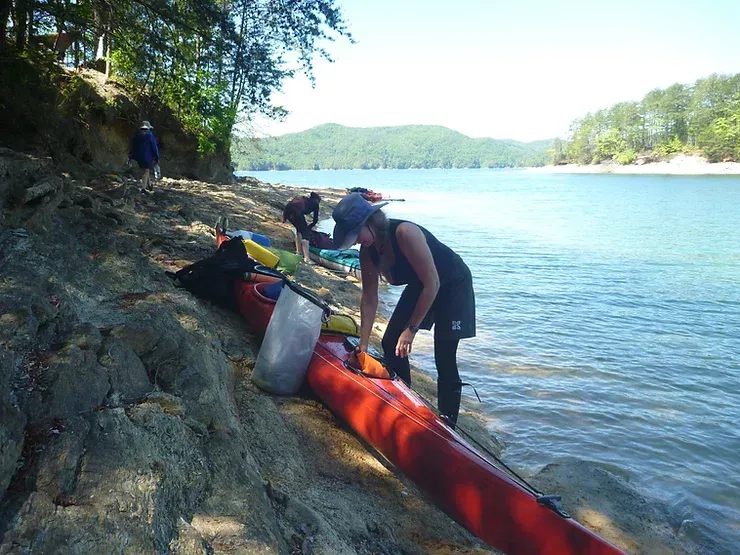
Not every trip need be isolated and sometimes it’s nice to find a little civilization along the way for re-supply or facilities but the most important thing is to have the right gear and supplies. I know we might want to think it’d be like Daniel Boone canoeing down a wild and unknown river but not really. Some comforts are essential because face it, we like being prepared! I like good coffee and better food than dehydrated meals. I also like a nice chair to relax in and a good shelter to protect me from the elements. It’s also important to have the right clothes that aren’t heavy and bulky to pack and that dry quickly.
Learning how to pack all this stuff is a little different from backpacking and can vary depending on the craft of choice. At first I thought I needed a canoe. But, although canoes can carry a lot and are easier to take bigger things in, it's also very doable in a kayak. The first trip I did was in a pretty small, low volume kayak that didn’t have very large hatches so it was a bit of a challenge to fit everything in. I learned not to take too many clothes and how to pack those in a dry bag that fits through the hatch. I also learned how to pack clothes in a way that things can be slid in and out without having to dig through the whole bag to find what I need. And I discovered a variety of other useful things as well, such as the benefit of compression sacks for my sleeping bag, which shelters were the most compact, which cooking systems packed well and how to best carry water.
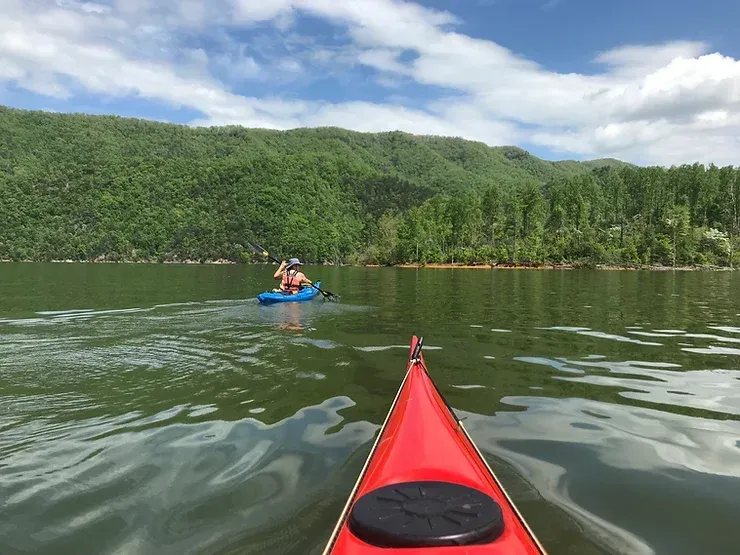
Gear placement is important so that it is distributed in a way that your boat is balanced and organized. Being organized also helps with transferring everything from boat to camp in fewer trips and helps prevent being strung out all over the place. Of course keeping important things dry from condensation or paddle drip, such as my sleeping bag, clothes and food, is a priority as well. No one wants soggy crackers or waterlogged camp shoes!
Food was my biggest challenge since a big cooler doesn’t really fit in a kayak and ice doesn’t last but a day or two. I don’t care for those pre-made dehydrated meals made for backpacking, so I’ve come up with some “fresher” ideas that don’t need refrigeration and that taste good too! Besides campfire cooking I learned how to Dutch oven cook with those lighter aluminum Dutch ovens, dry bake with a camp stove and two nesting pots, use a reflector oven to bake with aluminum baking pans wired together and even how to cook a bag of microwave popcorn with a camp stove.
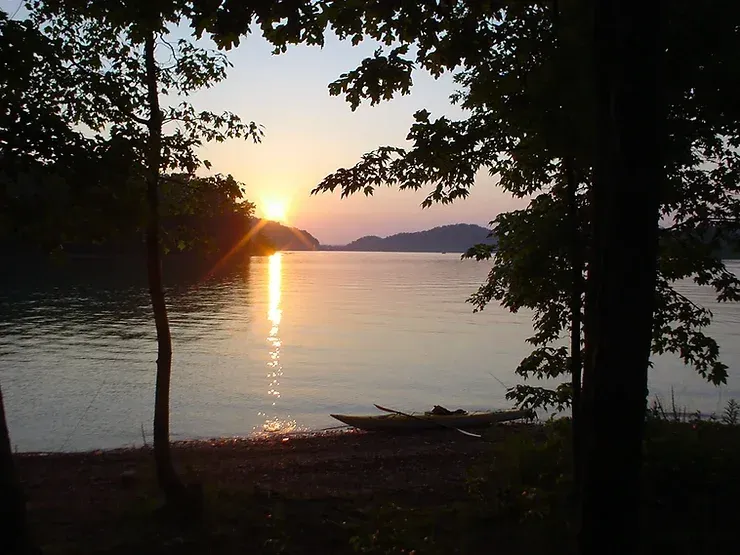
Sleeping systems are a thing of personal choice and mine is a hammock unless I’m camping on sand bars or beaches where tents are necessary. I like hammocks because there are no poles to pack, its cleaner since it’s not touching the ground and they are less bulky. I’m above the wet, cold ground so why not use a down sleeping that compacts much smaller and is certainly warmer.
I’ve done many trips over the years and during that time I’ve perfected my methods and learned that although less is sometimes better it's still nice to have certain comforts that make the experience even more enjoyable. And sleeping well and eating well is important to enjoy a trip. So I try my best to make that a priority while I’m out there doing what I love so I can look forward to going again and again!
Want to experience the joys of kayaking camping yourself? Joins instructors from the Nolichucky Outdoor Learning Institute for our next Kayak Overnight Adventure on Watauga Lake July 23-24. Spots are limited. Click here for more information.
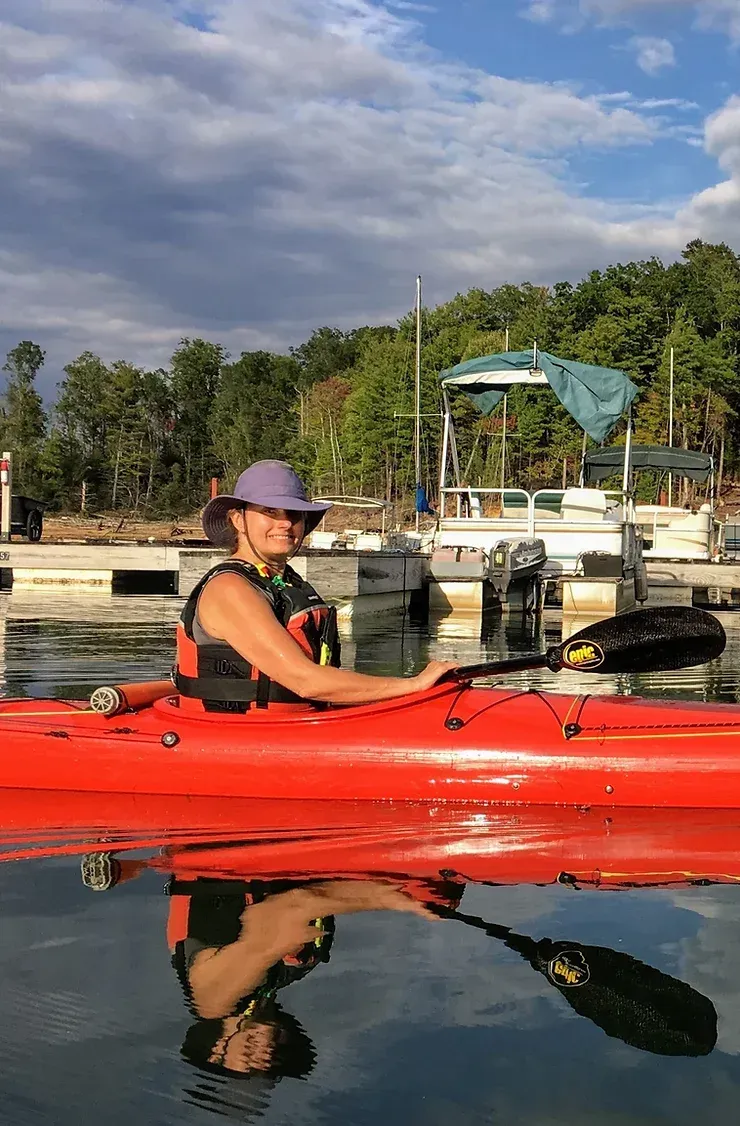
Debbie Briscoe is a lifelong outdoor enthusiast and instructs kayaking and camping for NOLI. She has helped countless individuals get into the outdoors over the years, many of whom she now counts among her friends.

